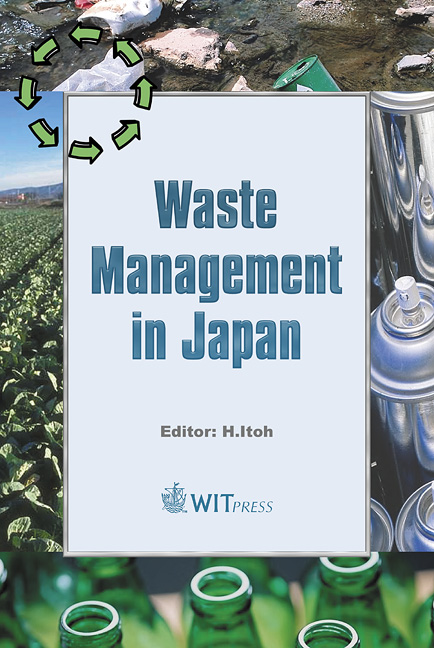Advantageous Effects Of Low Air Ratio Combustion In An Advanced Stoker-type Waste Incinerator
Price
Free (open access)
Transaction
Volume
79
Pages
10
Published
2004
Size
845 kb
Paper DOI
10.2495/WMJ040171
Copyright
WIT Press
Author(s)
Y. Miyagoshi, T. Tatefuku, M. Nishino, T. Yokoyama & S. Kadowaki
Abstract
Measures such as low air-ratio combustion and exhaust gas recirculation (EGR) have become the subject of a great deal of attention with a view to reducing the amount of environment are impacting substances from the waste incineration process, and also to making the most effective use of energy. However, it has been understood that there would be considerable difficulty utilizing low air-ratio combustion in a conventional grate furnace. The application of high-temperature air combustion technology for enhancing sound combustibility could provide solutions to these problems and has been previously studied. A practical test was conducted at a 105 ton per day capacity municipal solid waste stoker-type incineration plant. The test demonstrated that stable low air-ratio combustion operation is possible at a stoichiometry of 1.3 with EGR and high-temperature air combustion technology resulting in a 17% decrease in flue gas flow, an energy efficiency improvement of 10%, and a significant reduction of toxic product emission such as nitrogen oxides and dioxins when compared with a stoichiometry of 1.6 in the conventional process. Keywords: municipal refuse incineration, combustion, pollutant, low air-ratio combustion, high temperature air combustion, NOx, dioxins. 1 Introduction The demands on modern municipal solid waste (MSW) incineration plants in Japan are very much focused on minimization of toxic product emission, high-
Keywords
municipal refuse incineration, combustion, pollutant, low air-ratio combustion, high temperature air combustion, NOx, dioxins.




